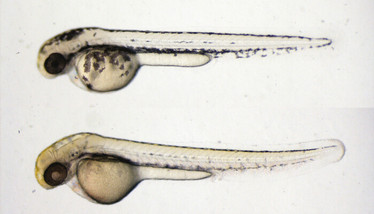Fungal (Library) Growth
Time to mine the biologically active compounds of fungi

Thousands of biologically active secondary metabolites derived from different types of fungi have been analyzed and assigned to a library in a joint effort between the Hubrecht Institute, the Westerdijk Fungal Biodiversity Institute and Utrecht University in the Netherlands.
“An aging global population and the growing issue of drug resistance means that we need better and newer drugs, but the number of chemically distinct compounds that are being used in prescription drugs is limited. In addition, the active compounds in these drugs are often chemically related, relying on similar mechanisms to function,” explains research leader, Jeroen den Hertog from the Hubrecht Institute. “Fungi are known to produce pharmaceutically relevant compounds. And despite there being an estimated two million species of fungi, only a small fraction has been analyzed for their expression of biologically active compounds to date.”
The fungal kingdom has remained relatively unexplored in part because access to pure and uncontaminated fungi is limited, making it difficult to assess their bioactive properties. And that’s why Den Hertog and his team were given access to the Westerdijk Institute’s collection of live fungi strains. Using the strains as a starting point, the team produced 1526 filtrates that had biological activity. Among the discoveries, the team found that Resinicium furfuraceum produced the cholesterol lowering drug lovastatin – the first time this fungus has been shown to produce the drug.
The team is also investigating fungi that induce developmental defects in zebrafish, as well as how fungi could help produce new antibiotics. “Using the library that we have generated, we can now screen for the biological activity of fungi using a variety of bioassays,” Den Hertog says. “Further to our initial investigation, we have screened compounds for their antimicrobial activity and found hundreds of fungi that produce compounds that demonstrate antimicrobial activity against multiresistant, pathogenic strains of bacteria.”
After finishing my degree, I envisioned a career in science communications. However, life took an unexpected turn and I ended up teaching abroad. Though the experience was amazing and I learned a great deal from it, I jumped at the opportunity to work for Texere. I'm excited to see where this new journey takes me!



















